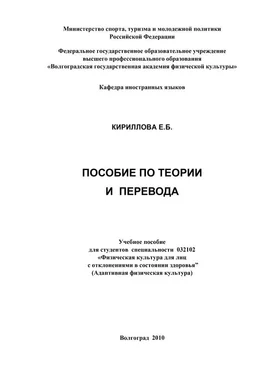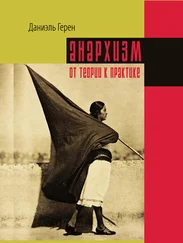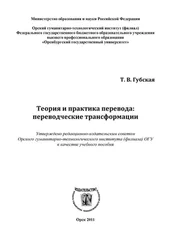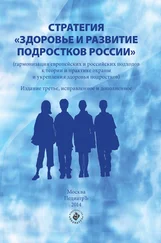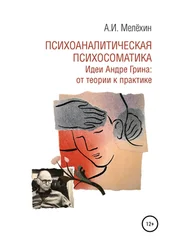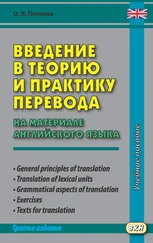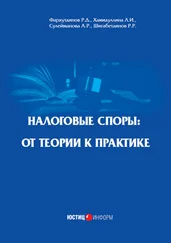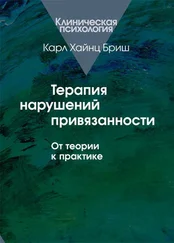13-ый чемпионат мира по легкой атлетике прошелв Берлине.
Список фразеологических единиц, часто встречающихся в медицинской литературе

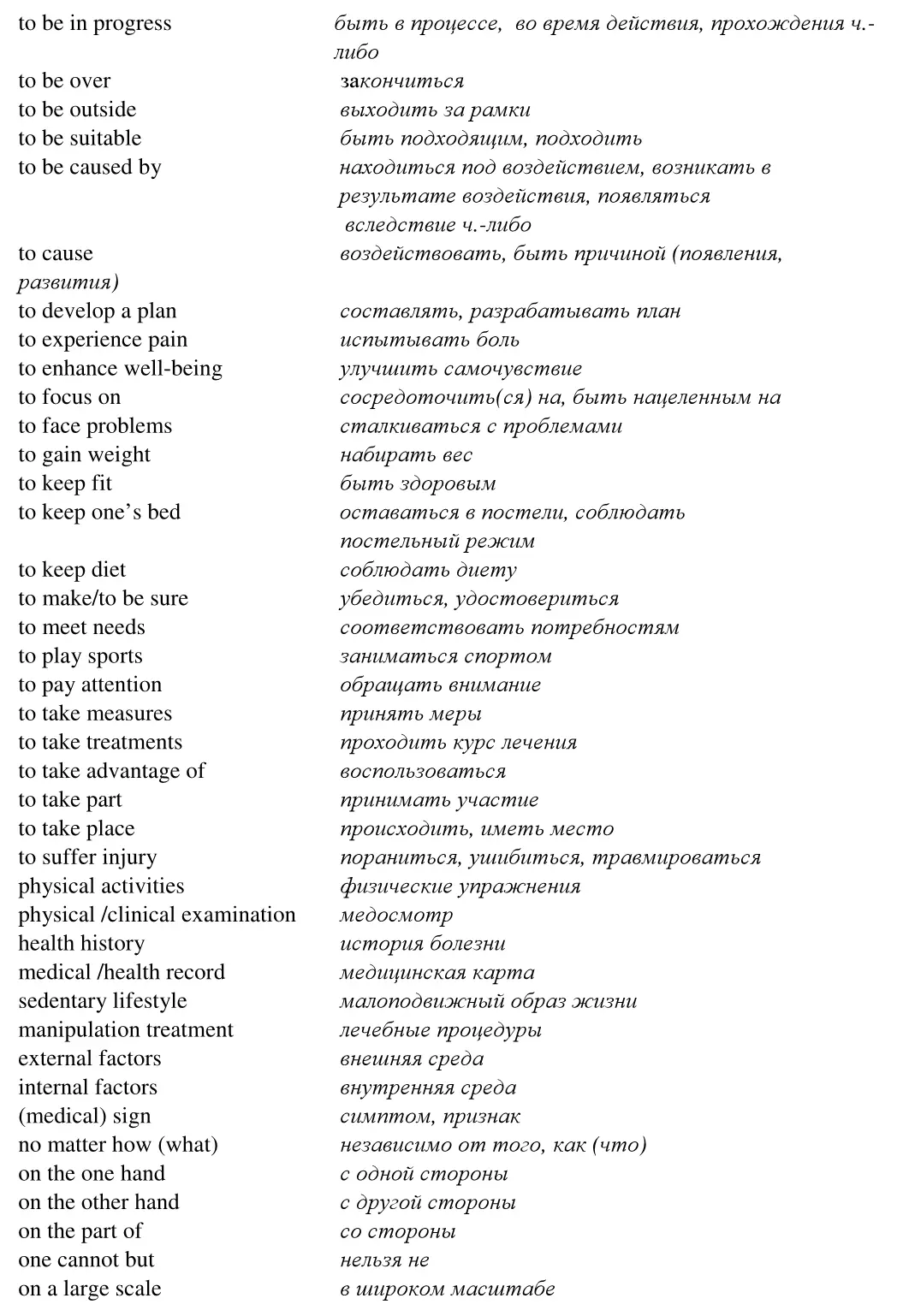

Задание 1.
Переведите предложения, обращая внимание на устойчивые словосочетания.
1. In the case ofpossibly life-threatening illness, a patient may be treated by a dozen or more specialists, each with their area of medical expertise.
2. In general,no information can be released at all without patient consent, unless there are exceptional circumstances.
3. More procedures are now being performed in a surgeon's office, rather thanin an operating room.
4. Many people start running in order towin the battle of the bulge.
5. Most forms of bowling may be categorized as eitherindoor oroutdoor.
6. Wheelchair Curling is governed by and played according tothe rules of the World Curling Federation (WCF), with only one modification for wheelchair users – no sweeping – and is practiced by athletes in 16 countries.
7. The categories apply for both summer and winter paralympics.
8. Ischemia can be due tothrombosis, embolism, or systemic hypoperfusion. Hemorrhage can be due tointracerebral hemorrhage or subarachnoid hemorrhage. ~80 % of strokes are due toischemia.
9. In fact,the consequences of childhood injury may simply be more difficult to detect in the short term.
10. In the caseof a child with frontal brain injury, the impact of the damage may be undetectable until that child fails to develop normal executive functions in his or her late teens and early twenties.
11. Passing in Goalball can take placewithin the eight seconds, and players may move about the court to adopt favourable positions.
12. All athletes who use contact lenses or correcting glasses normally must wear them during classification, whether or notthey intend to use them during competition.
13. Goalball is open toathletes with a visual impairment.
14. While a game of Gaolball is in progress, the gymnasium is completely silent so as to allow the players to concentrate and react instantly to the ball.
15. Remember that alcohol ruins bothhealth andcharacter.
16. The injury causesthe victim to lose total or partial use of the arms and legs.
17. The water environment isvery suitablefor treatment of static’s impairments and incorrect body position.
18. In generalphysical education and sport are social values which form an important component of the culture.
19. Relaxation massage is done according tothe client’s wishes: relaxation, elimination of insomnia, melancholy from weather, detoxication of organism, weight decreasing, ache decreasing, and skin care.
20. Ergotherapy is a therapy using the labour activity in order toachieve better reeducation of the body functions
Задание 2.
Переведите текст письменно со словарем, обращая внимание на устойчивые словосочетания.
CAUSES OF MENTAL ILLNESS
People have tried to understand the causes of mental illness for thousands of years. The modern era of psychiatry, which began in the late 19th and early 20th centuries, has witnessed a sharp debate between biological and psychological perspectives of mental illness. The biological perspective views mental illness in terms of bodily processes, whereas psychological perspectives emphasize the roles of a person’s upbringing and environment.
These two perspectives are exemplified in the work of German psychiatrist Emil Kraepelin and Austrian psychoanalyst Sigmund Freud. Kraepelin, influenced by the work in the mid-1800s of German psychiatrist Wilhelm Griesinger, believed that psychiatric disorders were disease entities that could be classified like physical illnesses. That is, Kraepelin believed that the fundamental causes of mental illness lay in the physiology and biochemistry of the human brain. His classification system of mental disorders, first published in 1883, formed the basis for later diagnostic systems. Freud, on the other hand, argued that the source of mental illness lay in unconscious conflicts originating in early childhood experiences. Freud found evidence for this idea through the analysis of dreams, free association, and slips of speech.
§ 8
ПЕРЕВОД ИМЕН СОБСТВЕННЫХ
Имена собственные и географические названия должны обязательно передаваться при помощи транслитерации: английское произношение передается как можно точнее буквами русского алфавита. Однако здесь следует сделать очень существенную оговорку. Переводчик должен считаться с установившейся традицией в отношении исторических имен собственных и географических названий, а также персонажей всемирно известных литературных произведений.
Так, например, мы продолжаем называть William the Conqueror – Вильгельмом (а не Уильямом) Завоевателем; King Charles I в истории известен, как Карл I (а не Чарлз I), а писатель Charles Dickens и ученый Charles Darwin известны русскому читателю, как Чарльз Диккенс (а не Чарлз Диккенз) и Чарльз Дарвин (а не Чарлз Даруин).
То же самое относится и к географическим названиям. England по-русски известна, как Англия (а не Инглэнд), Scotland – как Шотландия (а не Скотлэнд), порт Hull – как Гулль (а не Халл), река Hudson – как Гудзон (а не Хадсон) и т. д.
При передаче в переводе названий улиц, гостиниц, театров и пр., а также названий газет и журналов применяется тот же принцип транслитерации:

Однако и здесь следует сделать некоторую оговорку. В переводе исторических романов названия улиц и таверн переводятся, если они являются «говорящими» именами (т. е. если их название является существенно важным для раскрытия содержания романа), мы прибегаем к простой транслитерации в таком примере: «Английский Банк находится на Треднидл стрит», но в переводе исторического романа предпочли бы перевести название этой улицы: «Она жила на улице «Иголка с ниткой».
Читать дальше
Конец ознакомительного отрывка
Купить книгу
